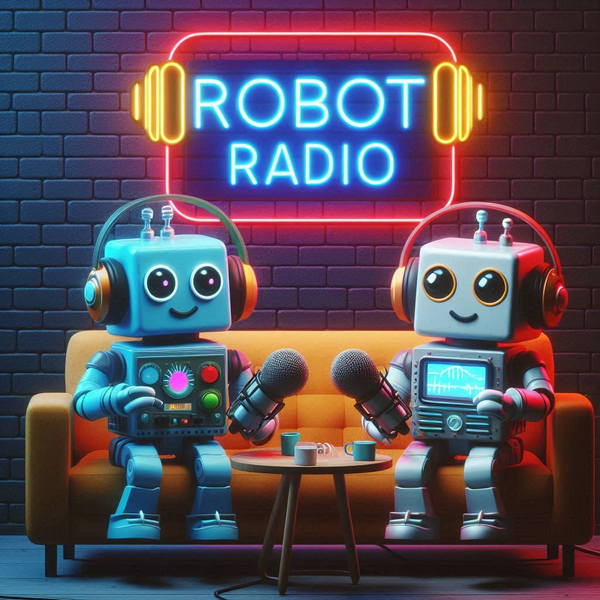Why Your Next Car Will Have an IP Address
One trend that has become very clear at this year’s CES is that the Internet is slowly making its way into our cars. Of course, you can already browse the Net and play music from Pandora through your smartphone, but the next generation of cars – and especially electric cars – are making the Internet an integral part of the car’s feature set.
Toyota, Nissan, Ford, Chevy and most other major car manufacturers are introducing connected cars this year. These cars will all either feature fully integrated built-in Internet access through on-board wireless modules or, as is the case with Toyota’s Entune multimedia system, use a smartphone connection to enable this functionality.
Ford’s new plug-in Focus Electric, which it officially launched at CES today, for example, features a built-in wireless connection that connects the car to the cloud and allows owners to communicate with the car from their smartphones and through a mobile-optimized website. With SYNC, MyFordTouch and AppLink, Ford will allow owners of some of its cars to run apps like Pandora and control them through the car’s built-in entertainment system and control their features by voice.
![]()
While Ford was the first company to take this technology mainstream, a number of other manufacturers are now picking up on this trend as well. Toyota’s Entune will bring music from Pandora, Internet radio courtesy of IHeartRadio, restaurant reservations from OpenTable and search and maps from Microsoft’s Bing to some of its 2012 models.
Indeed, Microsoft is a player on a lot of fronts here. Ford’s SYNC, for example, is based on Microsoft’s Windows Embedded Automotive platform and Bing is not just coming to Toyota but also to Hyundai.
Third-party manufacturers are also getting into the game. Harman, for example, introduced a 4G wireless module for LTE networks that will allow drivers to bring the Internet to their older cars. This system will feature real-time traffic updates, games, streaming video and will give passengers access to the full Internet.
What is driving this trend?
First of all, the proliferation of smartphones has allowed us to become accustomed to having ubiquitous Internet access wherever we are. It doesn’t come as a surprise then that we expect the same from the most expensive piece of technology most of us own: our cars.

Another factor that’s driving this trend is that – unless you are a real car enthusiast – the main differentiator between cars in the same category today is technology. Touchscreens, voice recognition, access to your Pandora stations and – on a more basic level – an easy and working system for pairing your phone with your car over Bluetooth can be powerful factors when consumers make their buying decisions.
For electric cars, having Internet access in some form is virtually a must. With their limited range (generally around 100 miles), knowing where the next charging station is can make our break your trip to the grocery store. This data is changing rapidly, however, as new stations come online almost daily, so the manufacturers need to have the ability to update these cars’ navigation databases remotely. Bringing the car in to the dealership once a month to update the GPS system isn’t exactly a practical solution.
In some ways, this is turning cars into the ultimate gadget (and is also a challenge when it comes to usability). Just look at the Focus Electric, for example, which (assuming I counted right) features 18 buttons on the steering wheel alone, has to small LCD screens right in front of the driver and a large one in the middle console.
Full Internet Access and Any App You Want in Your Car? Not Quite Happening Yet
For now, most manufacturers are not bringing the full Internet experience to the car yet and only allow a limited set of apps on their dashboards. There are good reasons for that. The car industry is highly focused on safety and a malfunctioning app that takes over your audio system, for example, and suddenly overrides your volume settings due to a software bug, plays AC/DC at full volume and startles you to the point where you have an accident is a major liability and could cost a company like GM millions.
So for now, your smartphone is your best bet for getting online in your car (while you are in the passenger seat, of course), but your next car itself could be transmitting maintenance data over the Internet while you’re driving down the highway, allowing you to open and close your doors with the help of a smartphone app (Ford and GM are introducing this for their electric cars) and sending you a text message when its battery is running low or when it notices that you forgot to plug it in over night.





